Safest Places in Bolivia for Solo Female Travelers
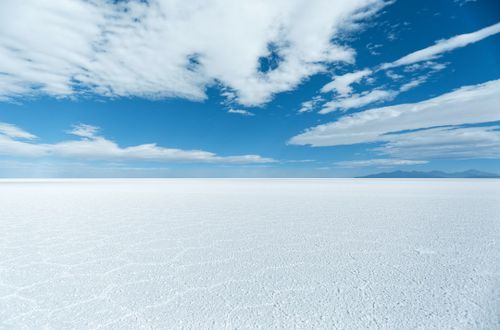
1, Uyuni
Uyuni, located in the southwestern part of Bolivia, is known worldwide as the gateway to the largest salt flats on Earth, the Salar de Uyuni. Encompassing over 11,000 square kilometers, this natural wonder dazzles visitors with its otherworldly expanse of white salt, unique rock formations, and islands teeming with towering cacti. The region also boasts surreal coloured lagoons, home to numerous species of flamingos, dusty desert plains, and volcanic hot springs. As part of your journey, you can visit an antique train cemetery or witness the mesmerizing mirror effect produced by the shallow saltwater lakes after rain, creating a dreamlike illusion of the sky merging with the Earth.

2, La Paz
La Paz, the dizzying capital of Bolivia, is the world's highest administrative capital, nestled dramatically in the Andean mountains at a breathtaking altitude of over 3,500 meters. The city is renowned for its unique topography, vibrant local culture, and architectural beauty, including vibrant markets such as famous Witches' Market, where traditional rituals and craftwork form part of everyday life. Its surroundings, such as the Moon Valley - with its labyrinth of canyons and giant spires sculpted by erosion - and the breathtaking snow-capped Mount Illimani, offer astonishing natural views. Not to forget the Mi Teleférico, the city’s cable car system, which is one of the longest aerial cable car systems in the world, offering awe-inspiring panoramic views of the city. La Paz is indeed a place where the old and new exist side by side, where the indigenous culture continues to thrive amidst the constant growth of modernity.

3, Copacabana
Nestled on the Bolivian shoreline of the strikingly beautiful Lake Titicaca, Copacabana is a small town gathering immense appeal among visitors worldwide. Known as the religious capital of Bolivia, it's famous for its namesake Basilica of Our Lady of Copacabana, which is a revered pilgrimage site housing the majestic statue of Virgin Mary. Its alluring natural beauty, panoramic vistas, and sacred Inca ruins render Copacabana a unique cultural and outdoor experience. Especially noteworthy is Isla del Sol or "Island of the Sun", an extraordinary island off the coast of Copacabana, brimming with ancient Inca ruins, hiking trails, and breathtaking sunsets, calling to both adventure and history enthusiasts.

4, Villa Tunari
Located in the heart of the Bolivian tropics, the vibrant town of Villa Tunari is nestled in the picturesque province of Chapare. Renowned for its rich biodiversity, this captivating destination is home to the Inti Wara Yassi wildlife refuge and the Machia Park, making it an ideal haven for nature enthusiasts. Well-known for its biodiversity, Villa Tunari is adorned with lush rain forests, making it a sanctuary for numerous rare and exotic animal and bird species. A stone's throw away is the Carrasco National Park, a UNESCO heritage site, known for its unusual Andean ecosystems and varied flora and fauna. The area is also famous for the exploration of coca leaves, offering visitors a unique insight into Bolivian culture and traditions. As such, Villa Tunari serves as a magnetic blend of wildlife, natural beauty, and historical significance, making it a must-visit destination for every travel aficionado.
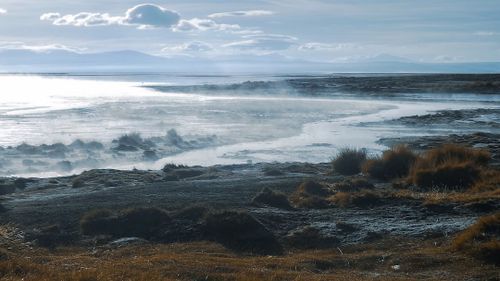
5, Sucre
Sucre, the constitutional capital of Bolivia, is a radiant city steeped in history and culture. Located in the South-Central part of the country, high in the Andes Mountains, Sucre is recognized for its pristine white colonial buildings that have earned it the nickname "The White City." This UNESCO World Heritage Site is known for its grandeur of old world architecture and pivotal historical landmarks, such as the House of Freedom where Bolivia's independence was designed. Equipped with museums, universities, and the spectacular General Cemetery, Sucre is a unique blend of Spanish influence, indigenous culture, and thriving student life. An exploration of the city isn’t complete without a visit to the open-air markets highlighting the local textiles and traditional Bolivian cuisine. The city's surrounding landscapes, replete with Inca trails and dinosaurs' footprints, make Sucre a gem of historical adventure.
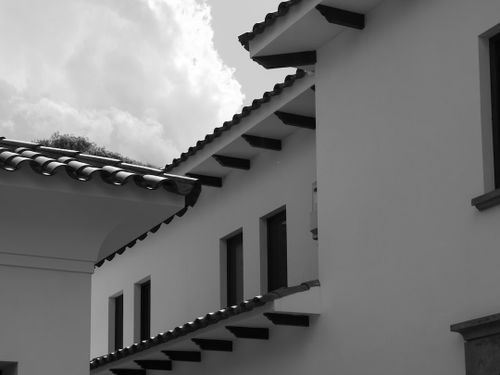
6, Tarija
Located in the southern region of Bolivia, Tarija is a charming city known for its sprawling vineyards and rich cultural heritage. Nestled in a valley within the eastern range of Andes, the city offers a remarkable array of breath-taking landscapes, complemented by a warm, temperate climate all year round. Tarija is globally famous for its vibrant wine industry, with a plethora of local wineries offering tours and tastings that reveal the secrets of Bolivian wine-making. The city is also home to El Gran Chaco, a large park showcasing diverse Bolivian fauna and flora. Its lively bustling markets, cobbled streets, annual carnivals, and colonial architecture make this city a must-visit destination for any traveler seeking an authentic Bolivian experience.
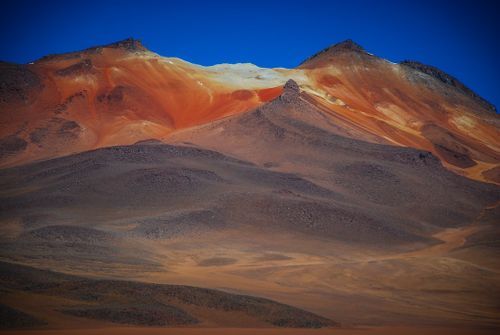
7, Altiplano
Altiplano, or the Bolivian Plateau, is an expansive highland area situated in the West-central regions of Bolivia, renowned for its unmatched beauty and intriguing cultural history. Enveloped by the majestic peaks of the Andes, this eye-catching region stands over 3,750 meters above sea level and is known for its extreme climatic conditions and surrealistic landscapes. It houses the mind-boggling solar de Uyuni, the world's largest salt flat which transforms into an enormous natural mirror during the rainy season, and the enchanting Lake Titicaca, the highest navigable lake globally. Dotted with ancient ruins and traditional Aymara villages, the Altiplano offers countless reminders of Bolivia's age-old cultures and historical significance.
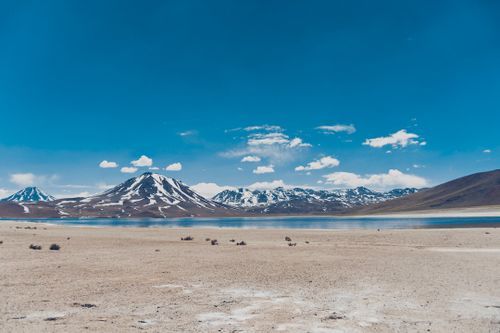
8, Santa Cruz
Santa Cruz de la Sierra, commonly known as Santa Cruz, is the largest city in Bolivia and is considered the economic heart of the country. Situated along the lush tropical plains of eastern Bolivia, Santa Cruz offers a blend of unique cultural, historical, and natural attractions. The city is known for its vibrant nightlife, bustling markets, and colonial architecture with landmarks like the Cathedral of Santa Cruz and the sacred art museum. Visitors can also explore the nearby Amboro National Park with its diverse wildlife or the pristine lagoons of Lomas de Arena Regional Park. Just outside the city, the Jesuit Missions are a cluster of beautiful settlements that have been designated a UNESCO World Heritage Site. Santa Cruz's energetic atmosphere and attractions have something to offer every traveler.
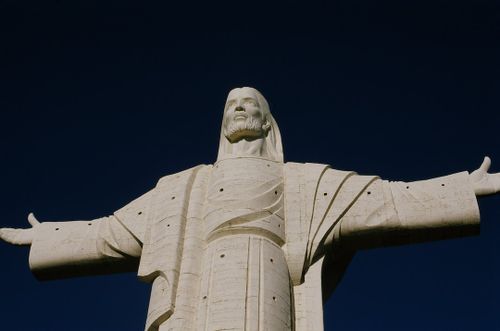
9, Cochabamba
Cochabamba is a lively city positioned in the heart of Bolivia, nestled within the breathtaking Andean mountain rages. Known as the "City of Eternal Spring" thanks to its pleasant year-round climate, it is a destination revered for its unique contrast of traditional charm and modern amenities. Cochabamba is characterized by beautiful colonial architecture and vibrant markets, with the most famous being La Cancha, the largest open-air market in South America. The city hosts the monumental statue of Cristo de la Concordia, a sight larger than its famous counterpart in Rio de Janeiro. With a tradition deeply rooted in arts, music, and gastronomy, Cochabamba is often referred to as the 'Culinary Capital' of Bolivia, where visitors can relish an exquisite combination of local Andean and Mestizo delights, contributing to an unexpectedly rich travel experience that is Cochabamba.
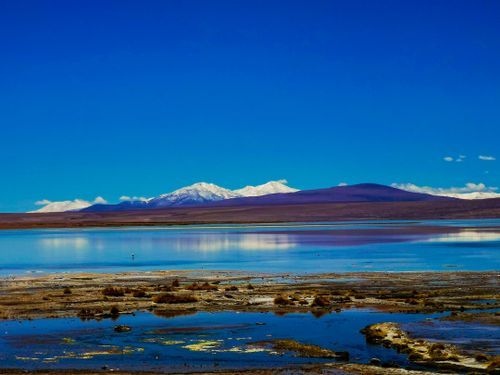
10, Potosí
Potosí, one of the highest cities in the world, is situated at an altitude of over 4,000 meters in the heart of Bolivia, nestled beneath the Cerro de Potosí, often referred to as the "Rich Mountain". Known for its silver mines, once the largest in the world during the Spanish empire, Potosí is steeped in history and architectural magnificence. The city boasts stunning colonial buildings such as the Royal Mint, which now serves as a museum depicting the city's opulent past, and many churches displaying intricate artwork and carvings. Traditional Andean culture remains prominent here, creating a captivating blend of old and new worlds. As a UNESCO World Heritage Site, Potosí beckons travelers seeking a unique, high-altitude Bolivian adventure marked by rich history, culture, and breathtaking panoramas.
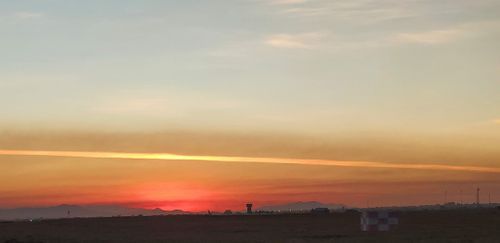
11, El Alto
El Alto, located in Bolivia, sits high above the world as the highest large city globally, overlooking the vibrant urban metropolis of La Paz. Its location is at the top of the Andes’ Altiplano plateau, contributing to its enviable position amongst the clouds. Known for its altitude-defying, cosmopolitan appeal, El Alto is a bustling hub of a rich indigenous culture, vibrant street markets, including the vast 16 de Julio market, and a thriving Aymara community that keeps ancient traditions and crafts alive. In recent years, the city has gained international recognition for its unique and stunning architectural style, a blend of traditional indigenous symbols and modern design, as exemplified by the works of local architect Freddy Mamani. This thrilling concoction of high-altitude living and cultural wealth makes El Alto an intriguing travel destination.

12, Colinas del Urubo
Nestled in the heart of Bolivia, Colinas del Urubó is an upscale residential and recreational haven located just across the Río Piraí from the bustling city of Santa Cruz de la Sierra. Known for its serene landscape and lush greenery, this exclusive area offers a picturesque escape marked by rolling hills and luxurious estates. It is particularly renowned for its premier golf courses and exclusive country clubs, which attract both locals and international visitors seeking leisure and tranquility. The area boasts a collection of high-end restaurants, boutique shops, and exceptional facilities that emphasize wellness and relaxation, making it a sought-after destination for both day trips and long-term stays. With its proximity to Santa Cruz, Colinas del Urubó provides the perfect blend of tranquil seclusion and easy access to urban amenities, ensuring an unparalleled experience for residents and visitors alike.
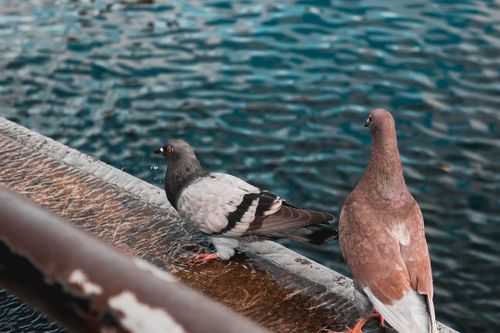
13, Santa Cruz De La Sierra
Nestled in the eastern lowlands of Bolivia, Santa Cruz de la Sierra is a vibrant city known for its dynamic blend of cultural heritage and modernity. As the largest city in Bolivia, it serves as a gateway to the Amazon rainforest and is surrounded by lush landscapes, making it a haven for nature enthusiasts. The city is renowned for its colonial architecture, particularly seen in the central Plaza 24 de Septiembre, where locals and tourists alike gather to enjoy its charming ambiance and beautiful cathedral. Santa Cruz is also famous for its lively markets, offering a plethora of traditional handicrafts and local delicacies that reflect its rich indigenous and mestizo culture. Its warm climate and welcoming locals make Santa Cruz de la Sierra a delightful destination for travelers seeking both adventure and cultural immersion in South America.

14, Cayara
Nestled in the heart of the Potosí Department in southern Bolivia, Cayara is a quaint and picturesque town renowned for its rich historical tapestry and captivating highland landscapes. Perched at an elevation conducive to breathtaking panoramic views, Cayara is enveloped by the majestic Andes Mountains, making it a haven for nature enthusiasts and hikers alike. This charming town is best known for its deep historical roots, exemplified by the Hacienda Cayara, an intriguing colonial estate dating back to the 16th century that offers a glimpse into the region's storied past. Visitors can immerse themselves in the local culture, which is steeped in tradition, and explore the beautiful, sprawling countryside adorned with colorful wildflowers and dotted with ancient rock formations. With its blend of historical intrigue and natural beauty, Cayara offers a serene escape for those seeking a unique cultural experience in Bolivia's highlands.

15, Tupiza
Nestled in the southern highlands of Bolivia, Tupiza is a vibrant town known for its stunning red rock formations and dramatic landscapes, drawing comparisons to the American Wild West. Located in the Potosí Department, it sits near the border with Argentina, offering a unique blend of cultures and adventures. The area is famous for its vibrant canyons, rugged mountains, and the desolate beauty of the Quebrada de Palala and the Sillar, beautiful formations made of red and orange rocks that provide a breathtaking backdrop for hiking and horseback riding. Tupiza also carries historical intrigue as it is believed to be the last hideout of the legendary outlaws Butch Cassidy and the Sundance Kid. Visitors can explore this dramatic terrain on horseback or venture out in 4x4 tours to the nearby Salar de Uyuni, the world's largest salt flat, making it an ideal starting point for excursions into Bolivia's most surreal landscapes.








